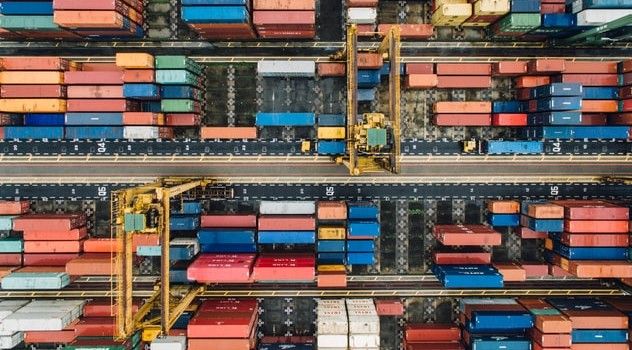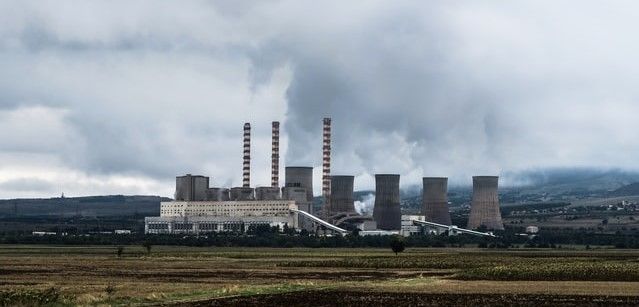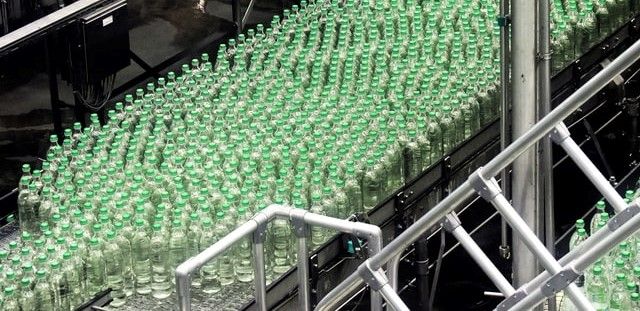Fifty years from now, historians and economists will look back on the events of the past few years and define it as a watershed moment for the European chemical industry.
Over recent months and years, certain events and conditions have begun to put pressure on chemical companies. They are forcing the industry as a whole to react and to adapt. After these changes have been made the chemical sector in Europe will never be the same again.
The factors forcing this sea-change include:
1. The Supply Chain Crisis
Only a few years ago, globalisation seemed to be the only route to chemical industry profitability and economic success in the wider global economy. With the onset of the Asian Tiger economy and the rapid expansion of middle-class consumerism all over the world, chemical businesses looked to aboard for increased production, raw material supplies, and fresh markets.

The supply chain crisis created by the COVID pandemic has shown the inherent risk of such a long-distance business strategy. A factory closure in Shenzhen, a shipping issue in the port of Los Angeles, and health restrictions in New Zealand are today all interconnected. This has left chemical companies and their customers exposed to factors over which they have no control.
In the medium term this will lead to an increased demand for onshoring and a focus on more stable supply lines and reliable sources for raw materials.
2. Ukraine and Energy Prices
Compounding the COVID supply chain issue has been the Russian invasion of Ukraine. A war which has induced a surprisingly united response from Western economies and politicians, and which has also exposed Europe’s dependency on Russian energy.
While the EU has now confirmed that it will remove all Russian oil from its economy, other products are not so easily replaced.
Gas is widely used to heat European homes as well as being a key feedstock and energy source for the chemical industry. Ukraine and Russia are also major suppliers of other vital materials, such as nickel, titanium, wheat, uranium, iron ore, mercury, shale gas, barley, and sunflower oil.
Stabilising Europe’s raw material supply chain will be a huge undertaking. For example, 44% of Europe’s naphtha imports came from Russia in 2021. How can the European chemical industry easily replace such a large quantity of feedstock, now that sanctions (both political-induced and self-imposed) have changed everything since the war began.

“No one is buying Russian volumes in Europe and amid limited regional availability, buyers have to pay a premium for non-Russian barrels,” notes Shruti Salwan, a markets expert at ICIS. “Lack of Russian naphtha inflows is compounding market woes while relatively reduced refinery throughputs, amid high energy costs and upstream prices, is keeping the market tight.”
European buyers of products such as polypropylene (PP), high density polyethylene (HDPE), caustic soda, and naphtha are now having to source from elsewhere and must pay a premium for doing so. All happening at a time when businesses are attempting to ramp up production when supply chains are struggling to recover from the pandemic.

In response, Europe is looking to become far more self-sufficient for energy. At the same time, it is attempting to diversify its sources of raw materials. For example, efforts have already begun to boost access to basic chemical products from the Persian Gulf.
“Like Russia, the Middle East is also a big exporter of naphtha,” says Michael Connolly, ICIS principal analyst for refining. “But at the moment most Middle East material goes east to Asia, and hardly any comes to Europe. If Russia finds a home for its naphtha (rejected from Europe) with buyers in Asia, primarily China and India, then we could see some swing of Middle East material to Europe, to maintain global balance.”
3. Plastic Waste
The next significant factor to realign the European chemical industry will be tackling the issue of plastic pollution.
Images from around the world showing the damage that plastic waste is causing wildlife – such as the great Pacific garbage patch, filthy beaches in Asia, or dead seabirds in the Antarctic Ocean – have all fixed public opinion on the need to reduce or at least better control plastic waste.

With the production of plastic being a key element of the chemical industry any move from consumers or legislation that reduces consumption of single use plastic or requires increased recycling (including chemical recycling) will have a major impact on European chemical producers.
4. Net Zero
While the UN has made sustainability a key goal for the better health of all humanity, it is Europe (and specifically the EU) which is leading the global march towards Net Zero.
The European Commission stating that, “The EU aims to be climate-neutral by 2050 – an economy with net-zero greenhouse gas emissions. This objective is at the heart of the European Green Deal and in line with the EU’s commitment to global climate action under the Paris Agreement.”
Beyond the ideal of actual sustainability, the EU is unique in envisaging, what it describes as “[A] transition to a climate-neutral society [which] is both an urgent challenge and an opportunity to build a better future for all. [Where] All parts of society and economic sectors will play a role – from the power sector to industry, mobility, buildings, agriculture, and forestry.”
At the centre of this transition stands the European chemical sector being yet again asked to move mountains.

The European chemical industry has been at the heart of the coronavirus health crisis, experiencing plummeting demand for some goods (such as aviation fuel and clothing) and a surge in demand for others (such as PPE, sanitiser, and COVID tests). It also suffered extensively from lockdowns and shuttered production yet was key in the development and production of vaccines.
The European chemical industry is a major player in the production and consumption of plastic products. While following market trends to reduce plastic usage (for instance through improved packaging) the task of making 58 million tonnes of petrochemical product sustainable is enormous. Especially when conducted at the same time as attempting to reduce carbon emissions and achieve Net Zero in less than 28 years’ time.
All of this is to happen while a war with Russia rages on its doorstep, limiting access to raw materials, fuels, and a major market of 144 million people.

As Paul Hodges, chairman of New Normal Consulting said in a recent ICIS interview, “It seems virtually certain that Europe is heading into recession, due to the combination of the second Covid wave, high energy prices (particularly gas), continuing supply chain disruption, the rise in inflation, and now the impact of the war in Ukraine – with the key German economy in the eye of the storm.”
We are living through a watershed moment for the European chemical industry. A sector of the economy that has been stagnant for many years while witnessing growth in chemical production in North America, Asia, and the Middle East due to regional economic advantages, such as shale gas, domestic demand with low wages, and cheap local oil.
How chemical companies in Europe respond to these daunting problems remains to be seen, but the European chemical industry of tomorrow will be a vastly different place.
Photo credit: Jason Blackeye on Unsplash, Viktor Kiryanov, Angela Compagnone, Christopher Burns, Mufid Majnun, Chuttersnap, & Waldemar Brandt